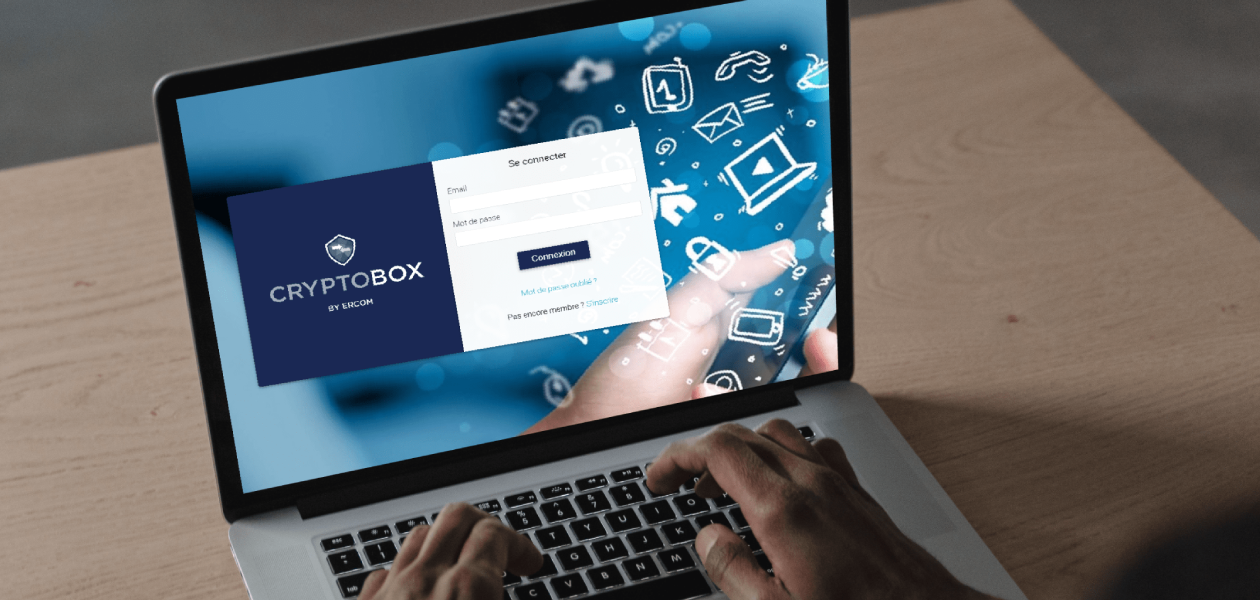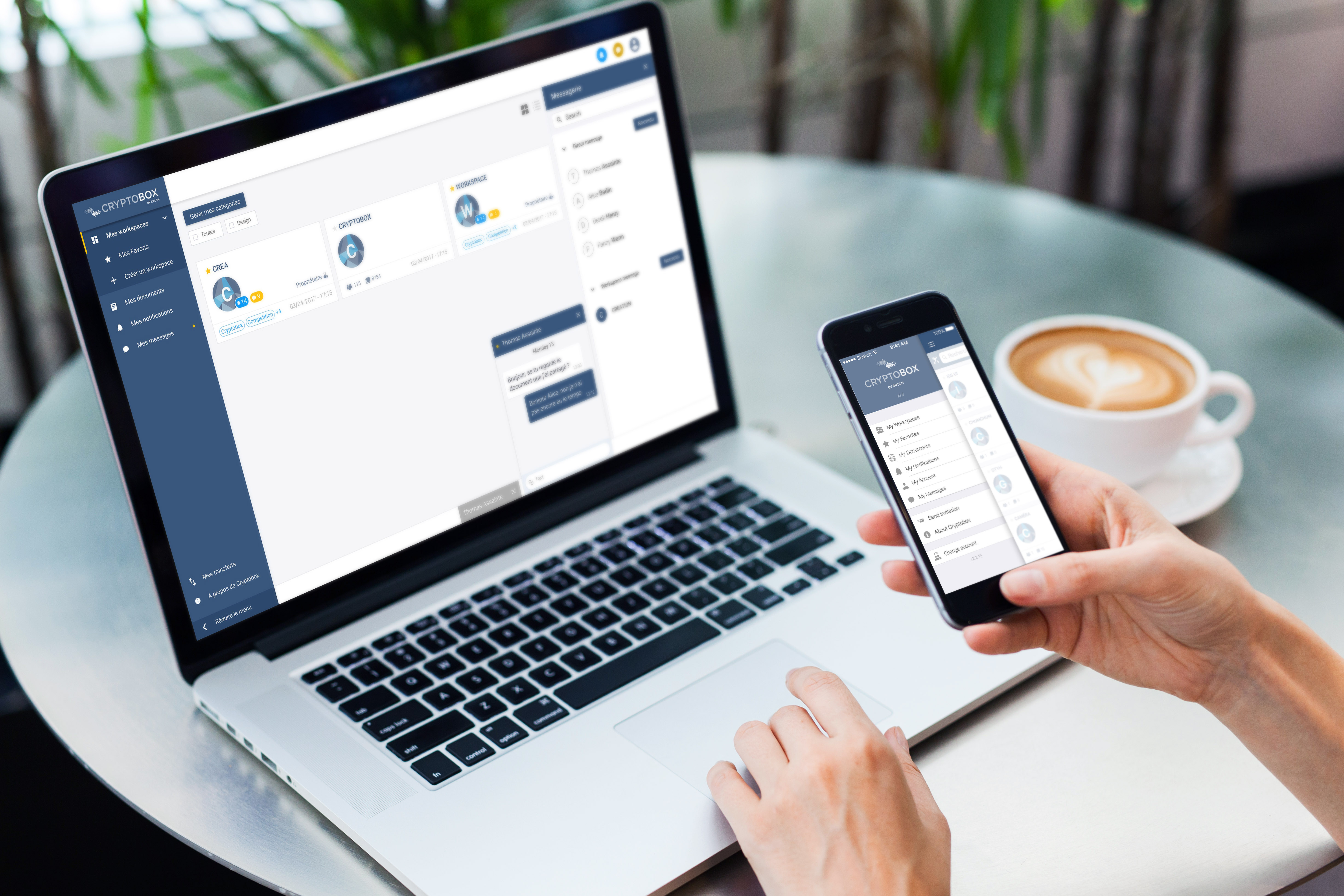Protecting your data: Preventing breaches and ensuring security
Discover in this article, how to ensure security of your data and prevent data breaches in your organisation
Protecting your data has become an essential priority. Data leaks, which result from the unauthorised disclosure of sensitive information, represent a major risk. In this article, we present different types of existing threats, best practices to manage them in the event of a crisis, and keys to protect yourself from these cyber-attacks from an individual and collective point of view.
What is a data leak?
A data leak, also known as a data breach, refers to a situation where confidential information held by a third party is held or shared without permission by an unauthorised individual. This breach may occur accidentally or maliciously and may be the result of internal or external actions to the organisation holding the data.
Depending on the nature and sensitivity of the information leaked, as well as its retrieval by cyber-criminals, a data leak can lead to economic and financial consequences for organisations.
These include the risk of targeted phishing or scam attempts, financial fraud, extortion threats, damage to brand and reputation, identity theft, online harassment, and even attempts to hijack the victim’s online accounts.
Different types of cyber-attacks
Understanding the various types of cyber-attacks is a fundamental step for an effective protection against these growing threats. Among the many forms of cyber-attacks, we have selected six recurring ones: phishing, ransomware, DDoS attacks, zero-day attacks, social engineering attacks, malware.
- Phishing generally involves fraudulent emails or misleading messages that entice users to disclose personal or confidential information.
- Ransomware blocks access to data or computer systems until a ransom is paid.
- Denial of service attacks aim to disrupt online services by overloading targeted servers.
- Zero-day attacks exploit newly discovered security flaws before a patch is available.
- Social engineering attacks are based on the psychological manipulation of individuals to obtain confidential information.
- Finally, malware are programs designed to damage or gain unauthorized access to computer systems.
These cyber-attacks can affect a variety of devices, including phones, computers, tablets, and even IoT devices, representing a pervasive threat in the modern digital landscape. Regardless of their size and industry, organisations should implement robust security measures to limit the risk of cyber-attacks and protect their sensitive data and reputation.
Protecting your data from cyber-attacks (from an individual and collective perspective)
a. From an individual perspective
When a breach of your personal data occurs, it is crucial to act quickly by contacting the relevant department or organisation to confirm the incident and identify the information that was compromised. Once the leak has been confirmed, immediately change your passwords on affected sites, as well as on all other accounts where you use the same password. This is essential to protect your sensitive data from unauthorized access on other platforms.
To ensure the protection of your personal information online, adopting preventive measures such as restricting the disclosure of your data to what is strictly necessary, and avoiding sharing sensitive information such as identity documents or bank details, is recommended. After online purchases, delete your bank details to prevent fraud. Enable two-factor authentication to strengthen the security of your online accounts and delete inactive accounts to reduce the risk of data breaches.
After contacting the appropriate departments or using the reporting links provided by the platforms in question to request the deletion of your data, you can assert your right to online privacy protection by contacting the CNIL.
b. From a collective perspective / Within your organisation
When you suspect a cyber-attack, it is crucial to act quickly by following these recommendations.
First, alert your IT helpdesk immediately so that they can manage the incident. If possible, isolate attacked systems to prevent the spread of the attack by terminating all connections to the Internet and local network.
Also make sure you preserve evidence of the attack, including messages received, machines affected and connection logs. Finally, it is crucial not to pay any ransom, as this would allow cyber-criminals to fund their criminal activities and encourage them to attack you again, with no guarantee that they will keep their word.
Once you have identified the crisis and its source, it is crucial to implement containment measures to limit its repercussions. In the case of small businesses, management is often the responsibility of the owner. Whereas in the case of SMBs and large corporations, a dedicated team takes on this responsibility. Next, it is imperative to implement the necessary corrective measures to prevent future incidents.
If personal data has been compromised, notify the CNIL within 72 hours. Also inform your customers and employees of the criticality of the incident and the measures to be taken to limit the damage.
Conclusion
In addition to the so-called standard measures to be implemented in the event of a cyber-attack, it is strongly recommended that organisations protect themselves from these threats by using secure collaboration and communication solutions to strengthen their IT security.
This includes end-to-end encryption, which ensures that only the legitimate sender and recipient can access data, by encrypting it from creation to reception.
This technique offers an additional layer of protection and represents an important step in data protection, particularly in a context where cyber-attacks are becoming increasingly common and sophisticated.



